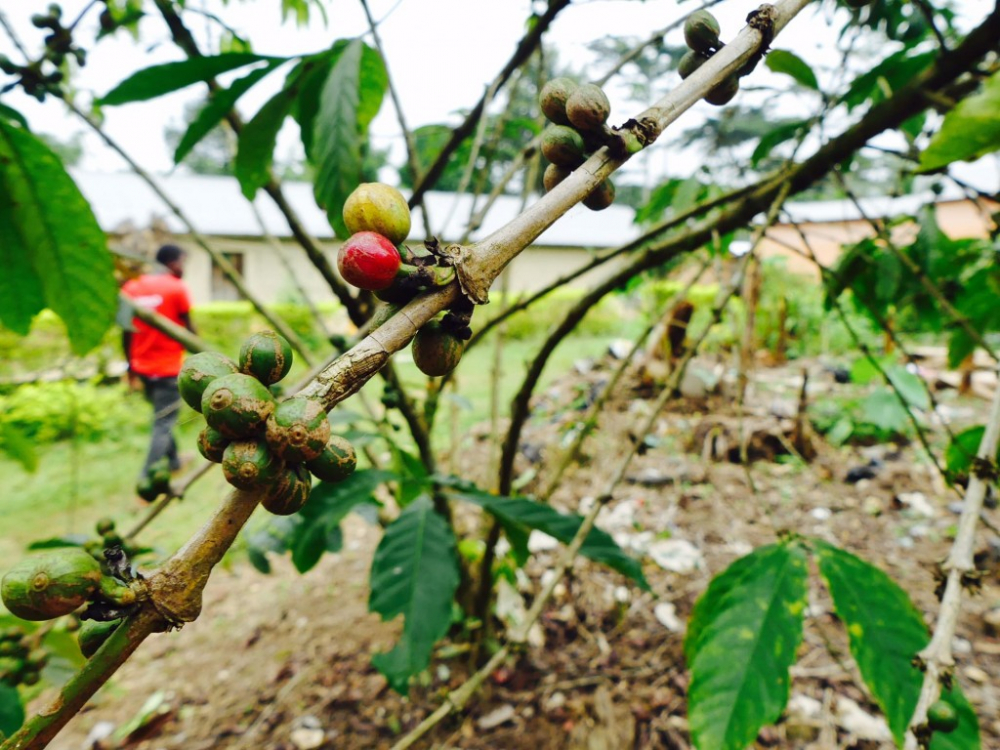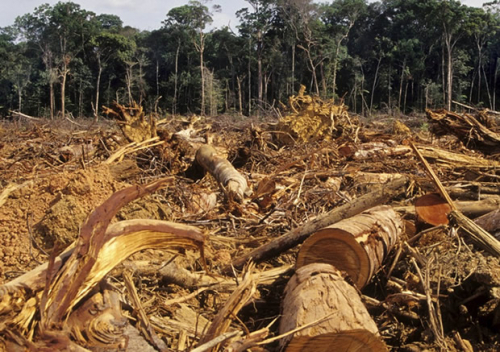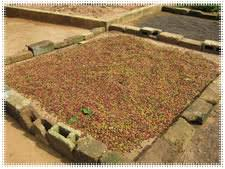Togo
Did you know?
About
Togo is a long narrow country in West Africa with a short coastline on the Gulf of Guinea. The interior consists of plateaux rising to mountainous areas and the extreme north portion is arid.
The climate is tropical, drier inland. Agriculture is the mainstay of the country's economy. Cotton, coffee and cocoa are exported, but phosphate is the main export.
Oil refining and food processing are the main industries. Lomé is an entrepot trade center.
Only Robusta
Coffee is the third largest export for the country, substantially behind phosphate and cotton. It represents less than 5% of the export revenues.
Only Robusta is produced and growers are smallholders who produce both cocoa and coffee. The Togo Robusta used to enjoy a good reputation but the cup quality has gone down in recent years. Farms are usually not more than 2 ha.
Coffee production started in 1920 during the colonial area. The coffee production was constantly below 15000 tons over the last 12 years. The yield per hectare is very low due to:
- Use of old and traditional variety, namely 'Niaouli' introduced during the colonial period in the 1920s.
- Old age of coffee trees.
- Liberalization of the coffee sector
- Low coffee prices
- Inadequate farmers' organization, only 25% of the coffee farmers are member of an association.


- Land tenure system and deforestation of coffee shade trees. : coffee is traditionally grown under shade system in the originally forest areas in Togo.
- Shortage of Labor.
- Limited knowledge of the coffee farmers
Coffee facts
Crop Period
Flowering Period |
|
Main: from May until August |
Harvesting Period |
|
Main: from December until February |
Shipping Period |
|
Main : From January until September |
Transit days
|
Ports of Shipment |
Imp. |
EU |
US |
|
Lomé |
100% |
15 |
30 |
Destination countries
1. Germany and Italy
2. Algeria
3. Morrocco
ICO Figures
Nice to know
Togo produces a high quality Robusta.
Classifications
By variety
The robusta variety is Niaouli (about 20000 ha) in the plateau area ( Kpalimé, Adeto, Danyi...)
By grade
| Grade I |
screen 16 |
|
Grade II |
screen 13 |
|
Grade III |
screen 10 |
By defects
There used to be, as it was the case in Ivory Coast and Cameroun, various grades with specific defect counts:
|
Extra Prima |
|
Prima |
|
Superior |
|
Standard |
|
Broken Beans |
|
Triage |
Since Extra Prime, Prima and Superior are nowadays considered as "theoretical" grades, the name "Standard" is not mentioned anymore in descriptions.
|
Grade I |
60 |
|
Grade II |
90 |
|
Grade III |
120 |
|
Brisures (broken beans) |
on sample basis |
|
Triage |
on sample basis |
Typical description
Togo Robusta Grade 2
Processing
|
Picking |
Handpicking |
|
Washing |
None |
|
Fermentation |
None |
|
Drying |
sundried |
|
Sorting |
by hand |
Coffee Environment
About exporters

Over 40.000 families depend on coffee for survival. Farms are very small and cultivation is combined with cocoa and food crops. The growers sell their ungraded coffee to intermediaries, cooperatives or directly to the exporters through agents.
Up to 1996, the parastatal OPAT was fixing yearly prices and margins for all players in the market. OPAT was also solely handling the exports. Under pressure of external agencies the market was liberalised.
Today 4 exporters control more than 75% of the exports.
CCFCC
CCFCC (COMITE DE COORDINATION FILIERES POUR LE CAFE CACAO) gathers the exporator and technical partners of the Cocoa and coffee supply chain. They are under the legislation of the Minister of Agriculture.
The mission is to supervise the marketing and coordinate the activities of the two sectors.
In 10 years, CFCC replanted 3403 ha of cocoa and 974 ha of coffee.
PASA
In 2011 : launch of the Private Sector Support Project (PASA) supporting the Cocoa Coffee Technical Unit (UTCC). It allows the distribution of high-performance plant material and support
